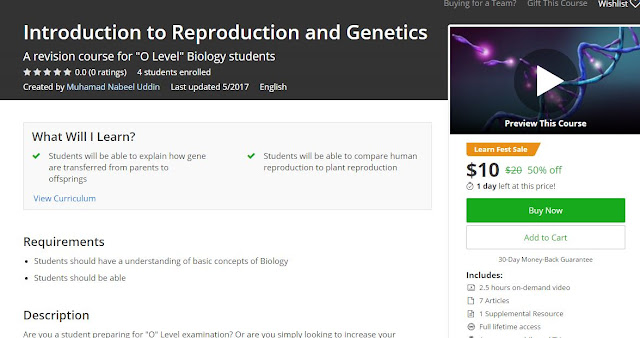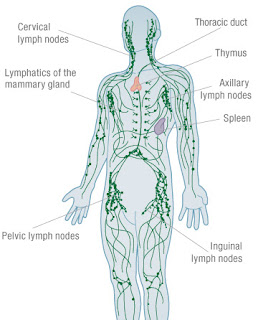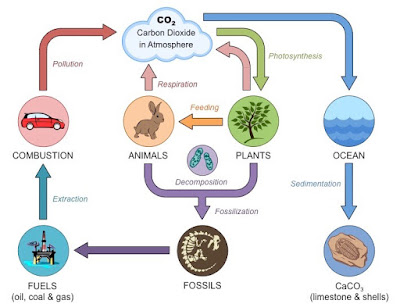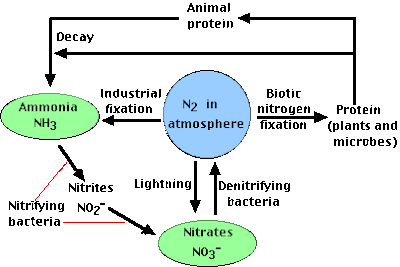Free Online Biology course

Hello everyone. Please check out this free course on Reproduction. Before you enroll and view the contents, you would need to create an account on www.udemy.com Click here to view the course page Click here to view the course page I also have three paid courses on Udemy. Please check them out by clicking below: Genetics and Reproduction course




